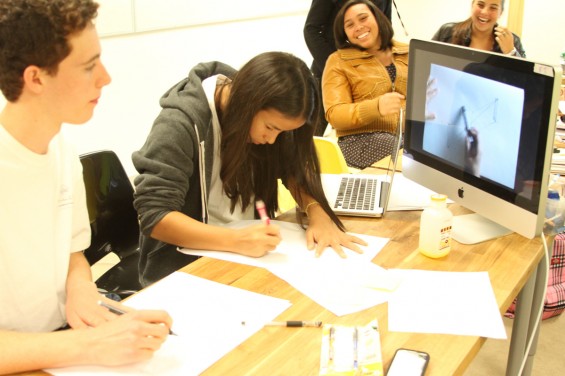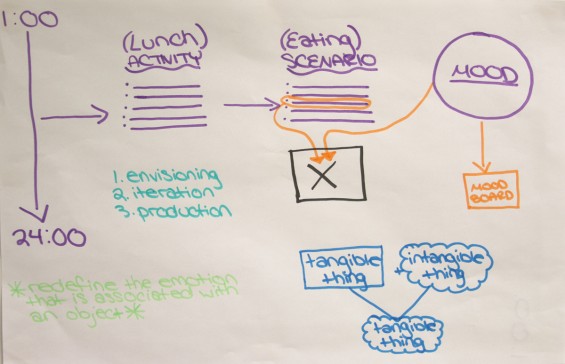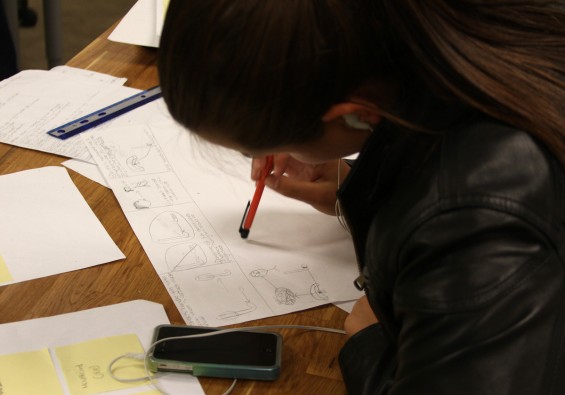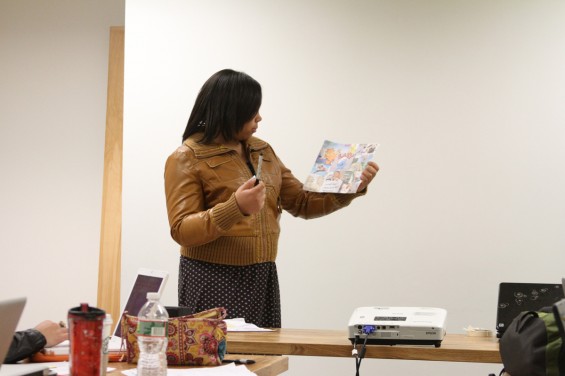
Envisioning Now, Day 1 by S. Adrian Massey III 10/18/10 The course started by establishing a base of landmark architects and designers. These professionals were defined by their most recognizable creations. The procession of creatives started with Henry Ford, and ended with new media and biotech designers. The underlying message was reviewing the different visions for society through design and how they were disseminated by creating a consumable product. One example given was Verner Panton's S-Chair. The S-Chair was a landmark design both in its form and engineering. It established the psychedelic vision in interior livability while also being the first single part injection-molded chair.

The students were tasked to document 24 hours of their lives in hour by hour bullet points. They then took a singular activity from that day and expanded it into a scenario. For example, expanding the activity of eating lunch into a step by step process. The aim is to be able to find unmet needs within the decision-making process of any activity. This type of expertise is key for being able to envision new ways to reconfigure social and personal practices. Afterwards, the students created mood boards, the softer version of an envisioning board, to use as a reference toward a new context for their activity. Many students chose moods that were emotions. Many also chose emotions that were closely related to the scenario itself. The students who chose more complex feelings to apply to their scenario created more unique solutions. By unique I mean solutions that were unlike any ideas I had seen actualized elsewhere. One notable example was a student who took the scenario of turning on a lava lamp and coupled it with the feeling of disappointment. Her solution avoided the obvious and created a vision that was similar to Dutch design innovators Droog or the German lighting master Ingo Maurer. Another excellent example was a product that snaps an athlete back to reality after a major play by encouraging them to breathe. This idea worked against the traditional notion of gameplay to resuscitate players from stressful situations.

Explaining the lesson and its benefit was a bit of challenge given that it is a combination of expertise. It is the ability to do ethnography and usability, visualization of complex ideas, and synthesis of different kinds of information into a realizable solution.

:rotate(0)/p39f1jed4mgd288myquiu5yecweg)